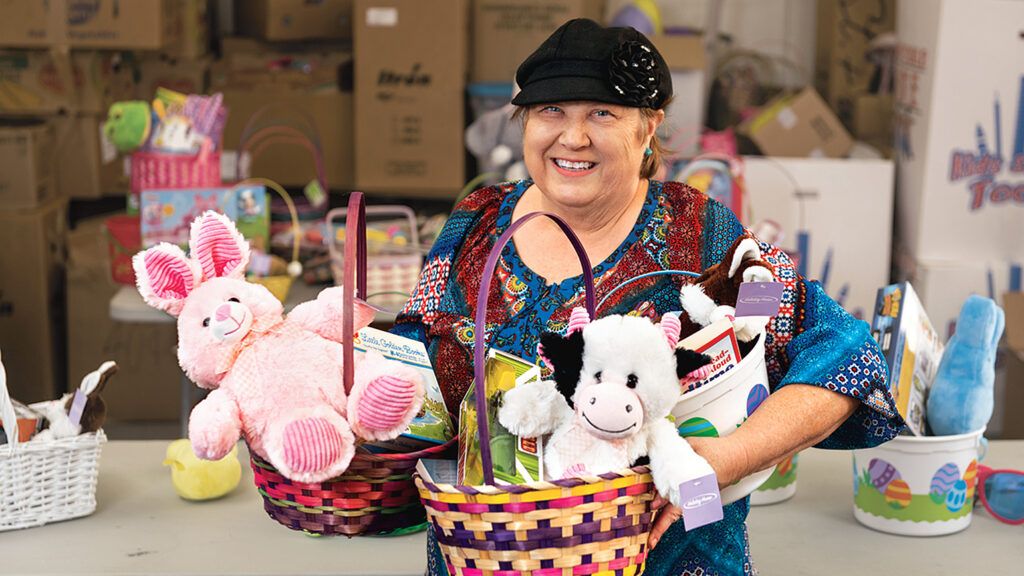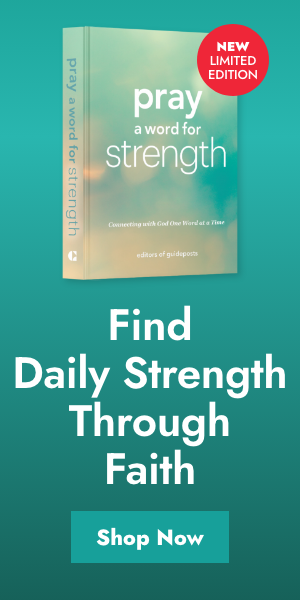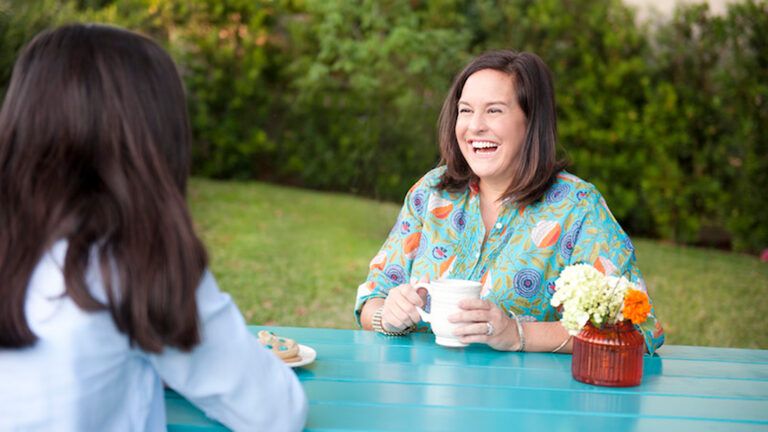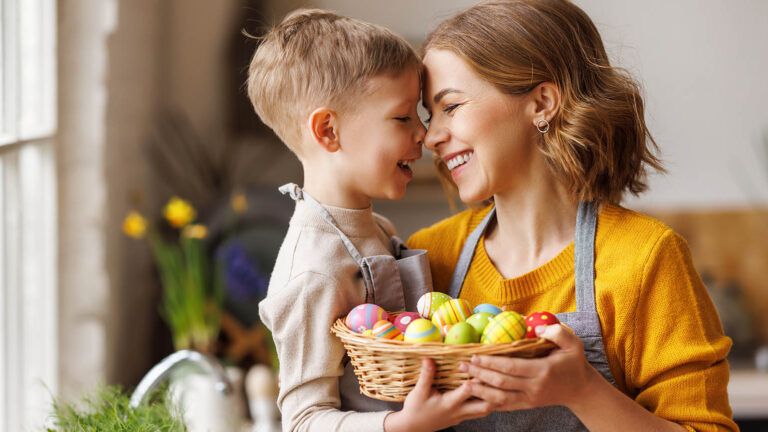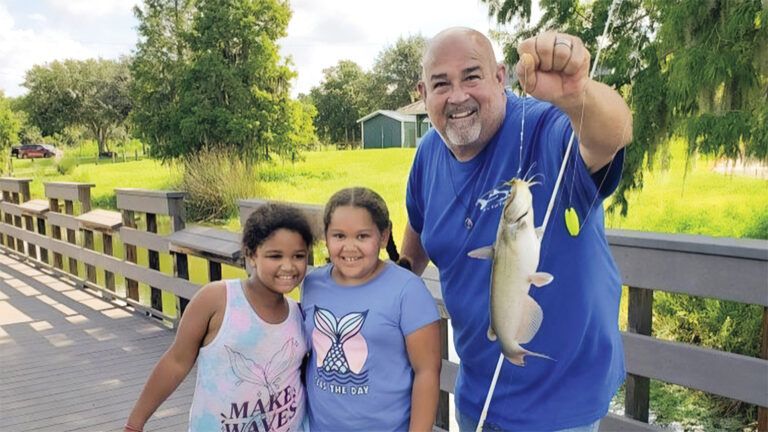“You promised them we would make how many Easter baskets?” my husband, Clay, asked. I slid down in my chair. “Forty-eight,” I said. Even as I repeated it to him, I heard how impossible that number sounded.
“Why did you promise something we can’t possibly deliver?” His question hit hard. I wanted to explain that it wasn’t my idea. When I’d made more hair bows than my daughter needed, I called the local children’s home to see if Clay could drop off the extras there.
“That would be nice,” the social worker had said. “You know what the kids would really love? Easter baskets!”
Easter baskets? Before I’d thought it through, I agreed to make them.
What had I gotten us into? Where would we find the money—let alone the time—to assemble 48 baskets?
With two sons starting college and a daughter at home, we couldn’t afford it. Easter was two weeks away! And yet this was for the children’s home. As the social worker had said, most of these kids had never had their own Easter baskets. I knew what that was like.
I was in third grade. On Easter Monday, everybody was talking about what the Easter bunny brought them. Baskets full of fancy dyed eggs, chocolate bunnies, jelly beans and stuffed animals. Some of my classmates even brought in leftover treats to share. I sat at my desk, fighting back tears. Why hadn’t the Easter bunny come to visit me?
I lived in a children’s home. I had no Easter basket. What I had were memories, most of them bad. The scars were deep, and I kept them hidden.
After I grew up and moved out, I promised I’d never again set foot in that place again or anywhere like it. It would simply be too painful. Instead, I had put the past behind me and built a good life with Clay.
“We can get our friends to help,” I said. “We can ask stores for donations. We’ll make it work.” I was trying to convince myself as much as him.
I got on the phone. Friends donated baskets, candy, toys. Our church gave small copies of the New Testament. We set up collection boxes around the neighborhood. A florist supplied shrink wrap. People volunteered their time. On the last day, we set up an assembly line and put together 48 baskets. One of our volunteers delivered them to the home. I certainly wasn’t going. Mission accomplished.
Clay pointed out that we still had a ton of extra candy. “What are we going to do with all this?”
“It should go to the home,” I said. “I mean, someone could drop it off.”
We looked at each other. Someone. Not me. I couldn’t. I couldn’t face that pain again. I couldn’t face the poor children. But someone had to do it.
Clay wanted to go with me, but he was on call for work. I would have to make the trip alone.
I’ll just drop off the candy, I told myself. I wouldn’t need to go inside. I could leave it with a cottage parent. Knock on the door, hand it to them and run back to the car. I wouldn’t have to see any of the kids. I wouldn’t have to relive any of those awful memories.
I pulled up to the home and rushed up to the door. A cottage parent answered before I could even knock. I introduced myself. The next thing I knew, a little girl peered out from behind the woman. She looked so much like I did when I was a little girl—short light brown hair with bangs, big blue eyes. “My name’s Katie too,” she said. “Do you want to see what the Easter bunny brought me?”
She whisked me off to show me her Easter basket with its stuffed toy, candy, eggs, Bible. “Look at this funny duck,” she said, giggling. “He’s got a raincoat. He makes me so happy!”
We have been giving away Easter baskets for 22 years now, producing more than 6,000 of them. We provide them for children’s homes, shelters and foster homes in nine counties. Each basket contains a small New Testament, a stuffed animal, a chocolate bunny, candy and other treats.
People say you can’t change the past. But you can change the way you feel about it and find peace. I had no idea 48 Easter baskets could do that. Someone did, though.
For more inspiring stories, subscribe to Guideposts magazine.
